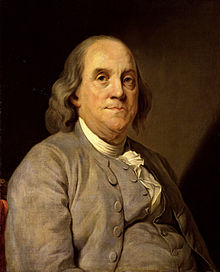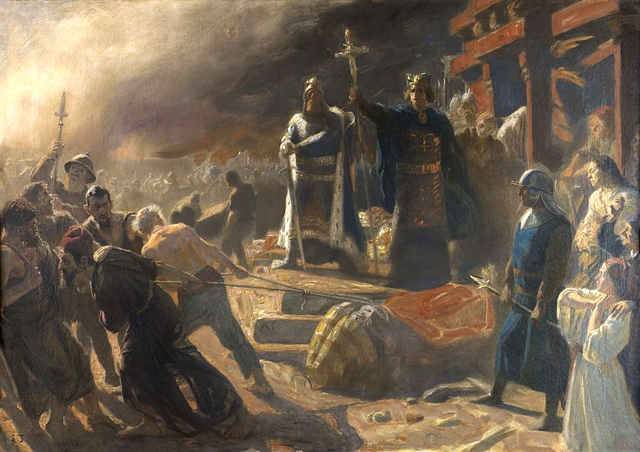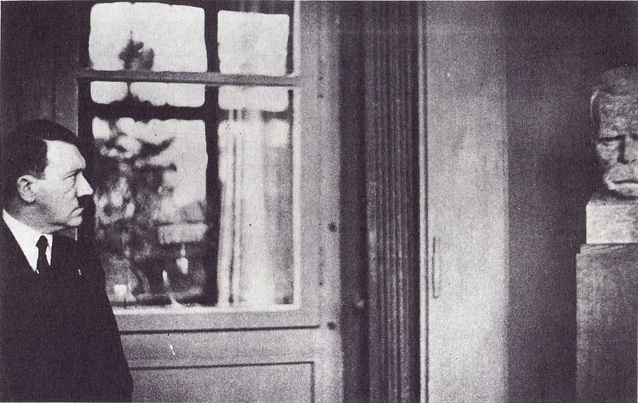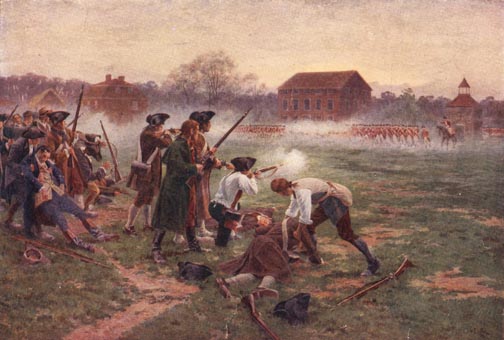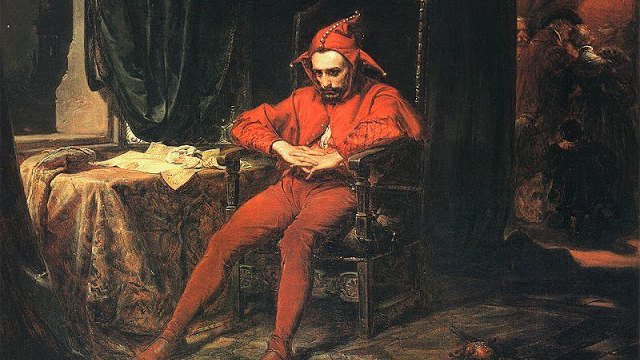A translated passage from
Manu Rodríguez’s latest essay
Now we live in chaos, in disorder, in the non-being, in falsehood. We now live death, decay, evil—our death, our decline, our ill. We live in an evil world (impure). Our world (our purity) has been desecrated, ethnically and culturally polluted, disturbed, upset—our order, our cosmos, our good, our truth, our being.
I remind my countrymen that our decline and our downfall began with the Christianization (Judaization) of our peoples. There we lost not only our world, thereby also lost our identity, our truth, our good, and our being.
The world of our ancestors was both a shield and a weapon. It provided to each and every one of its members a spiritual identity. It brought firmness, safety, strength… It also brought the symbolic being (collective and spiritual, psychic if you will).
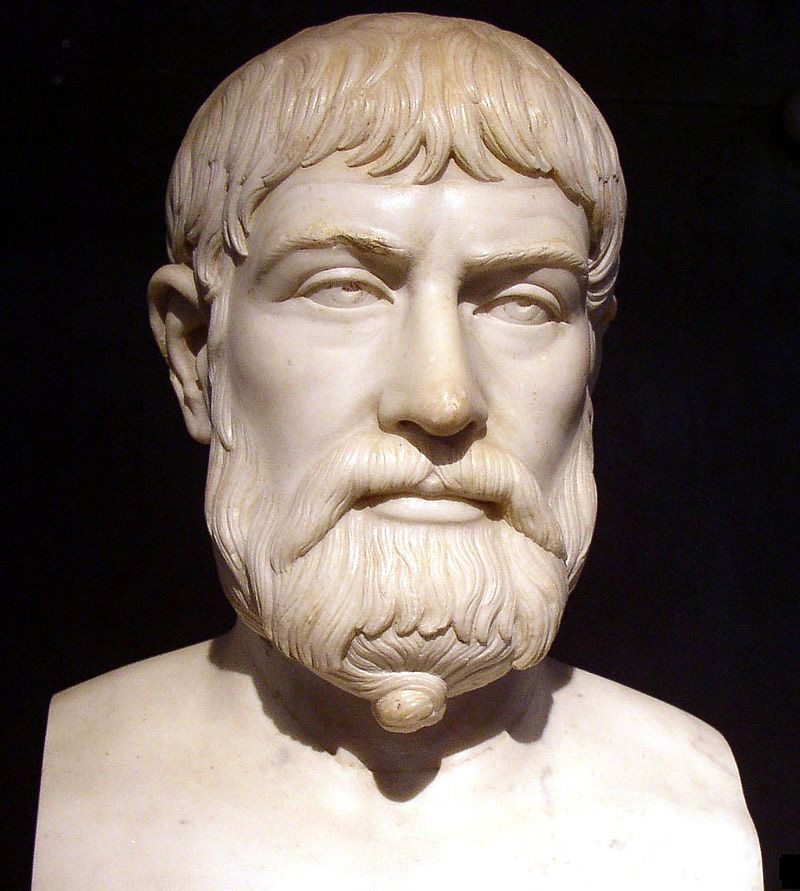 So Pindar could say, “Become who you are,” i.e., become a Spartan, a Greek… He did not talk about a hidden individual being which should be revealed by introspection, but “become the one you were educated,” fulfill your upbringing, your instruction (your paideia): what is expected from you. Caught up with your stature; don’t become unworthy of your ancestors; answer to your race, your temper, your lineage.
So Pindar could say, “Become who you are,” i.e., become a Spartan, a Greek… He did not talk about a hidden individual being which should be revealed by introspection, but “become the one you were educated,” fulfill your upbringing, your instruction (your paideia): what is expected from you. Caught up with your stature; don’t become unworthy of your ancestors; answer to your race, your temper, your lineage.
Christianity introduced execrable principles: personal salvation, the personal god, altruism, pacifism, universal brotherhood… All these concepts were (and are) the germ of dissolution of the white peoples (and of any ancestral people). They separate, isolate individuals from their own people, their own traditions, their own social personality. They disintegrate the peoples, disintegrate them; destroy ancient ethnic traditions.
Universal ideologies create societies of racially and culturally heterogeneous (the uprooted masses) elements, but never a people. A people require ethnic and cultural homogeneity (and is the work of millennia).
Individualism is what is preached and sold in exchange for life, as there is no destiny; no future for those societies based on individualism.
Personal salvation on earth or in heaven is the recurring theme of universal ideologies, whether religious (Christianity, Buddhism) or political (liberal democracy).
A society based on individual principles (spiritual, political, economic) is a contradictory society, in conflict with itself. The union sought is false, ghostly. So, no matter how those societies can last, they carry within themselves the seeds of their own destruction, of their own impossibility.
The Jewish intelligentsia spreads, among the peoples, universal trans-ethnic creeds while jealously guarding its own ethnic and cultural heritage. Such is its preferred domain strategy. Our idea is to establish an organization or identitarian group in Europe, a European-wide “identitarian movement.”
We absolutely accept the Nazi legacy. Not to follow it to the letter, of course. The circumstances are different. But we should consider the affirmation of Nazism as an indispensable prerequisite, and as one of our most fundamental identity markers, for many reasons. We must honor the first Aryan nation (the men and women, their deeds, their accomplishments, their tragic story…); recapture her spirit, rescuing her memory, regain her honor.
Whoever denies or disowns Nazism is not worthy of belonging to the future Aryan nation.



